The Ultimate Plant Pairing Guide: How To Grow A Thriving Garden
The Ultimate Plant Pairing Guide: How to Grow a Thriving Garden
Introduction
Do you want to grow a thriving garden? If so, you need to know about plant pairing. Plant pairing is the practice of planting certain plants together so that they benefit each other. There are many different benefits to plant pairing, including:
- Attracting pollinators: Many flowers attract pollinators, such as bees and butterflies. These pollinators are essential for plant reproduction, so attracting them to your garden will help your plants thrive.
- Reducing pests: Some plants help to repel pests, while others attract beneficial insects that prey on pests. This can help to keep your garden pest-free.
- Improving soil quality: Some plants help to improve the soil quality by adding nutrients or by suppressing weeds. This can help your plants to grow healthier and stronger.
Main Content
There are many different ways to pair plants. Here are a few tips to get you started:
- Consider the plants' needs: When pairing plants, it is important to consider their needs. For example, some plants need full sun, while others prefer partial shade. Some plants need a lot of water, while others are more drought-tolerant.
- Think about the plants' growth habits: Some plants grow tall, while others stay relatively short. Some plants spread out, while others grow in a more compact way. It is important to pair plants that have similar growth habits so that they do not crowd each other out.
- Consider the plants' benefits: Some plants have specific benefits, such as attracting pollinators or repelling pests. When pairing plants, it is helpful to choose plants that will complement each other's benefits.
Here are some specific examples of good plant pairings:
- Marigolds and tomatoes: Marigolds help to repel nematodes, which can damage tomatoes.
- Cucumbers and nasturtiums: Nasturtiums help to attract beneficial insects that prey on cucumber pests.
- Beans and peas: Beans and peas fix nitrogen in the soil, which benefits other plants.
- Lettuce and carrots: Lettuce shades the soil and helps to prevent weeds, while carrots help to improve the drainage of the soil.
Conclusion
Plant pairing is a great way to grow a thriving garden. By pairing plants that benefit each other, you can help your plants to grow healthier, stronger, and more pest-resistant. There are many different ways to pair plants, so you can experiment to find the combinations that work best for you.
Are you looking for inspiration for your next plant pairing? Visit Home Gardening for a comprehensive guide to plant pairings that will help you create a beautiful and harmonious indoor garden.
The guide includes information on plant height, light requirements, water needs, and toxicity, so you can be sure that your plants will thrive together. You'll also find tips on how to create different looks, such as a zen garden or a tropical oasis.
So what are you waiting for? Visit Home Gardening today and start planning your perfect plant pairing!
FAQ of plant pairing guide
Q: What are the benefits of pairing plants together?
A: There are many benefits to pairing plants together. For one, it can help to create a more visually appealing and interesting space. When plants are paired with each other, they can help to complement each other's colors, textures, and shapes. This can create a more balanced and harmonious look.
In addition, pairing plants together can also help to improve the health of your plants. When plants are grouped together, they can help to create a more humid microclimate, which can be beneficial for many plants. They can also help to shade each other from the sun, which can help to protect them from sunburn.
Q: What are some factors to consider when pairing plants together?
A: There are a few factors to consider when pairing plants together. First, you need to consider the growth habits of the plants. Some plants grow tall and upright, while others spread out more. You want to make sure that the plants you choose will have enough space to grow without crowding each other out.
You also need to consider the light requirements of the plants. Some plants prefer full sun, while others prefer partial shade. You want to make sure that you choose plants that have similar light requirements so that they will all thrive in the same conditions.
Finally, you need to consider the color scheme of the plants. You can choose plants that have complementary colors, or you can choose plants that have contrasting colors. The color scheme of the plants will help to create the overall look and feel of your space.
Q: How many plants should I group together?
A: There is no one-size-fits-all answer to this question. The number of plants you group together will depend on the size of the plants and the size of the space. However, as a general rule of thumb, you should group together at least three plants. This will ensure that the group has some substance and that it doesn't look too sparse.
Q: What are some popular plant pairings?
A: There are many popular plant pairings. Here are a few examples:
- Hostas and ferns: These two plants have similar light and water requirements, and they complement each other's colors and textures.
- Coleus and succulents: These two plants have contrasting colors, but they both thrive in bright, sunny conditions.
- Lilies and hydrangeas: These two plants have similar flower shapes and colors, and they can be used to create a dramatic centerpiece.
- Succulents and cacti: These two plants are drought-tolerant and low-maintenance, making them a good choice for busy people.
Image of plant pairing guide
- Image 1: A chart showing different types of plants and their ideal companions.
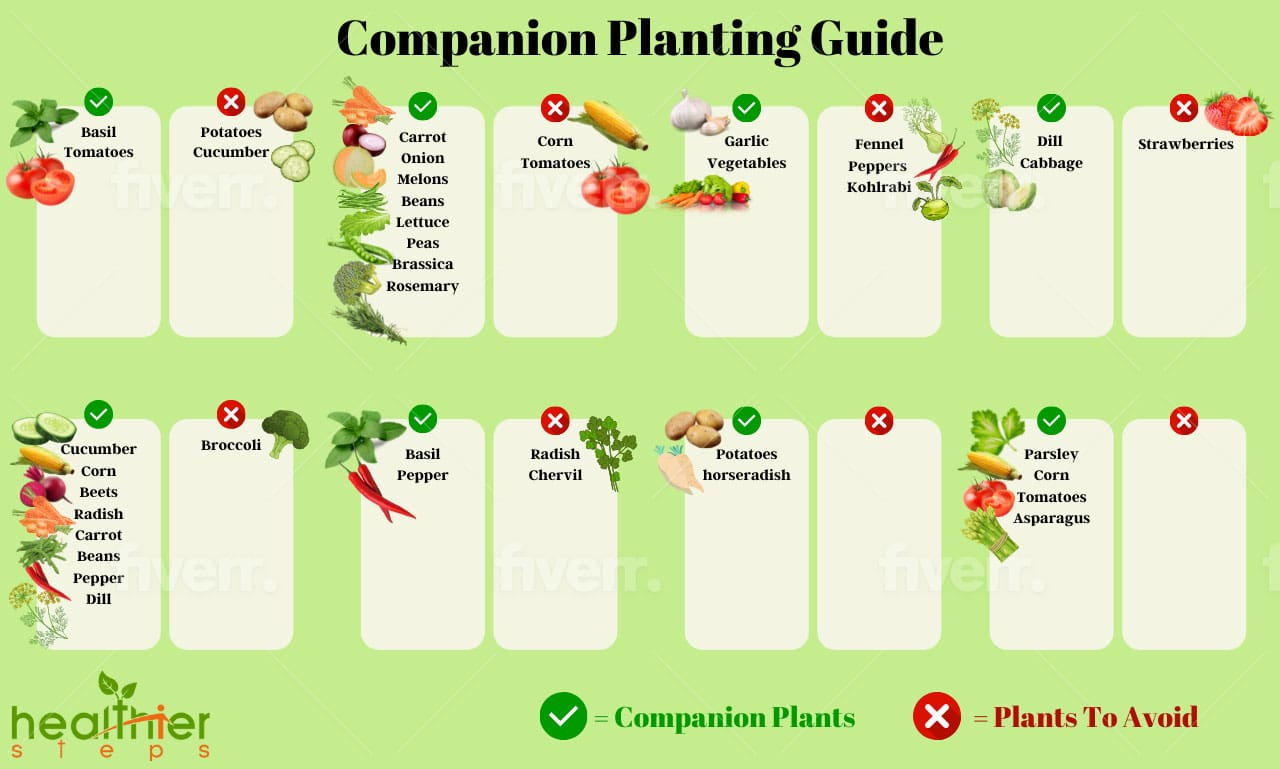
- Image 2: A photo of a garden bed with different plants that have been paired together for complementary colors, textures, and height.
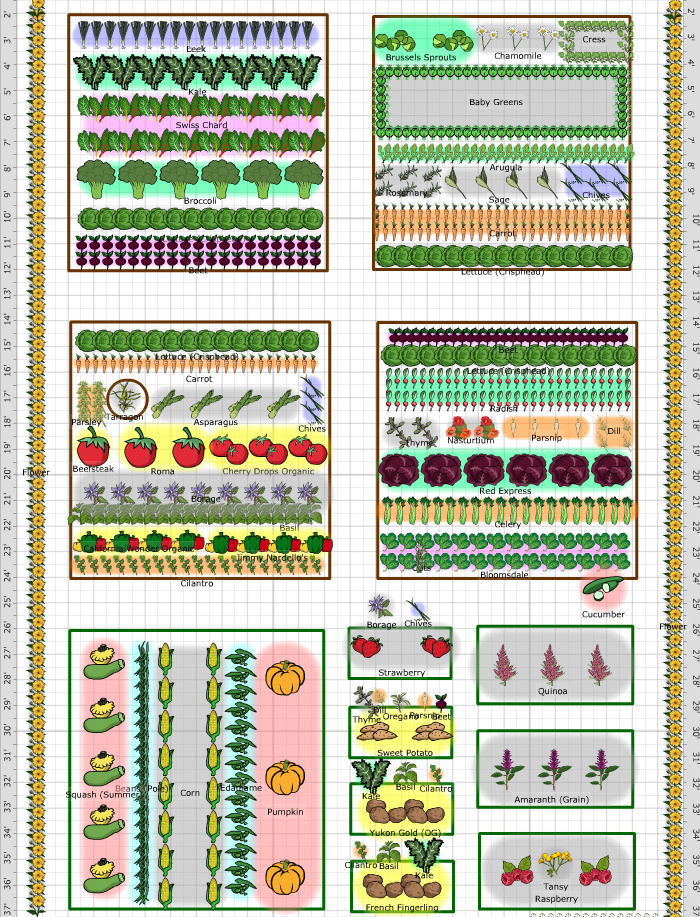
- Image 3: A diagram showing how to create a plant pairing wheel to help you choose complementary plants.

- Image 4: A list of plants that are known to attract beneficial insects, such as butterflies and bees.
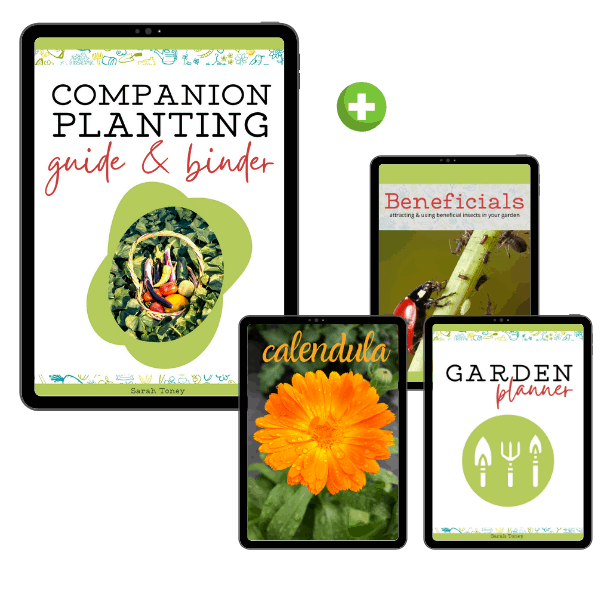
- Image 5: A photo of a container garden with different plants that have been paired together to create a visually appealing display.
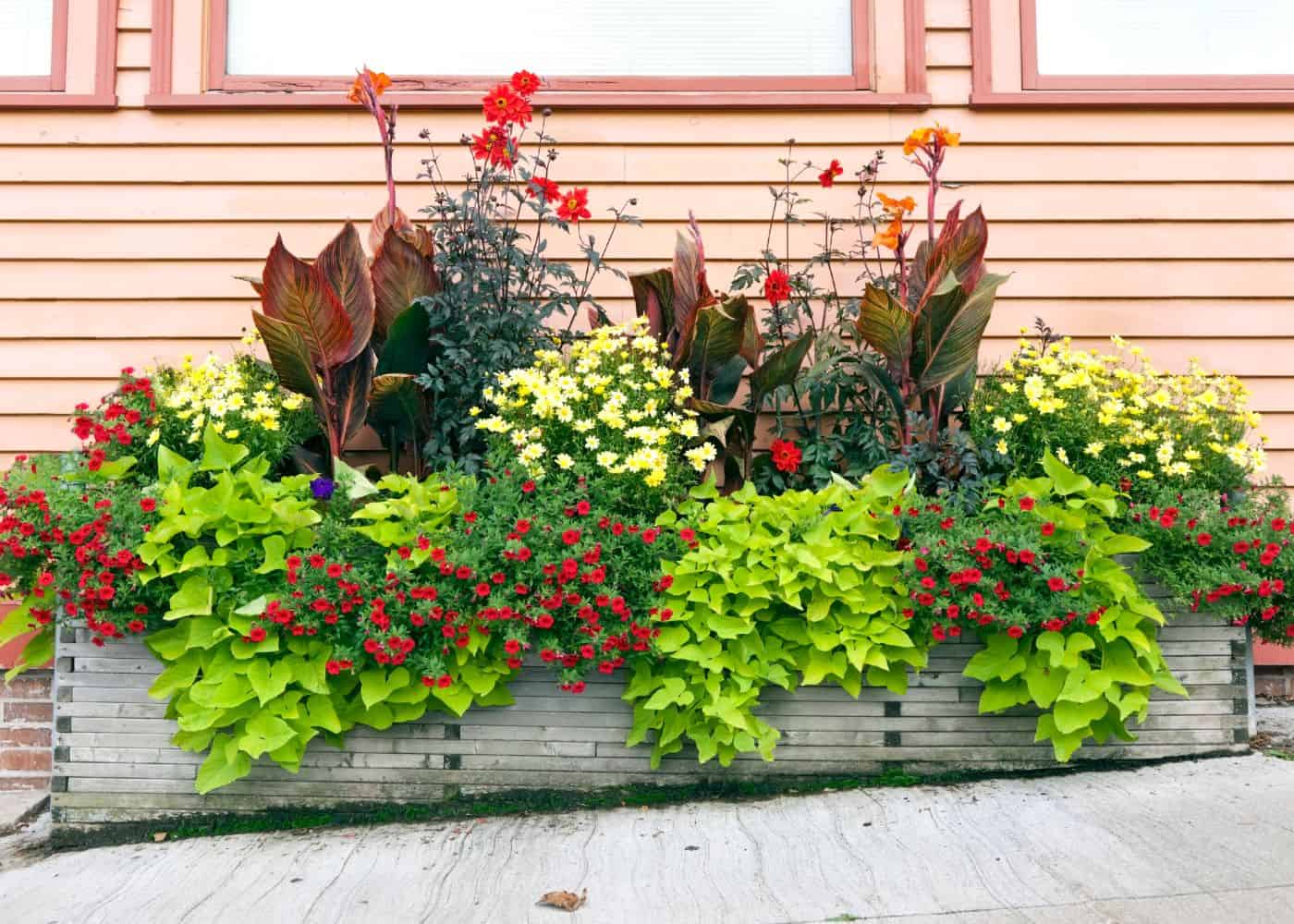
- Image 6: A table showing the different light requirements of different plants, so you can choose plants that will thrive in the same conditions.
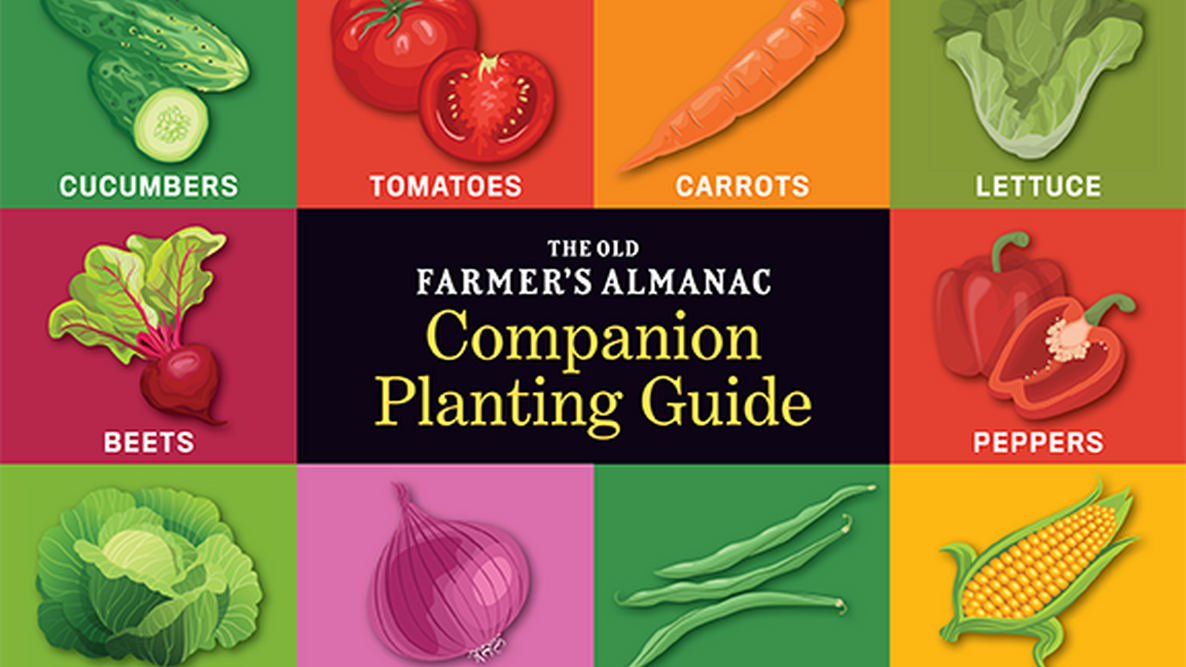
- Image 7: A list of plants that are known to be deer-resistant, so you can choose plants that will be safe from deer browsing.

- Image 8: A photo of a rock garden with different plants that have been paired together to create a drought-tolerant display.
- Image 9: A diagram showing how to create a plant matrix to help you choose plants that will have similar water and fertilizer requirements.

- Image 10: A list of plants that are known to be low-maintenance, so you can choose plants that won't require a lot of care.
Post a Comment for "The Ultimate Plant Pairing Guide: How To Grow A Thriving Garden"